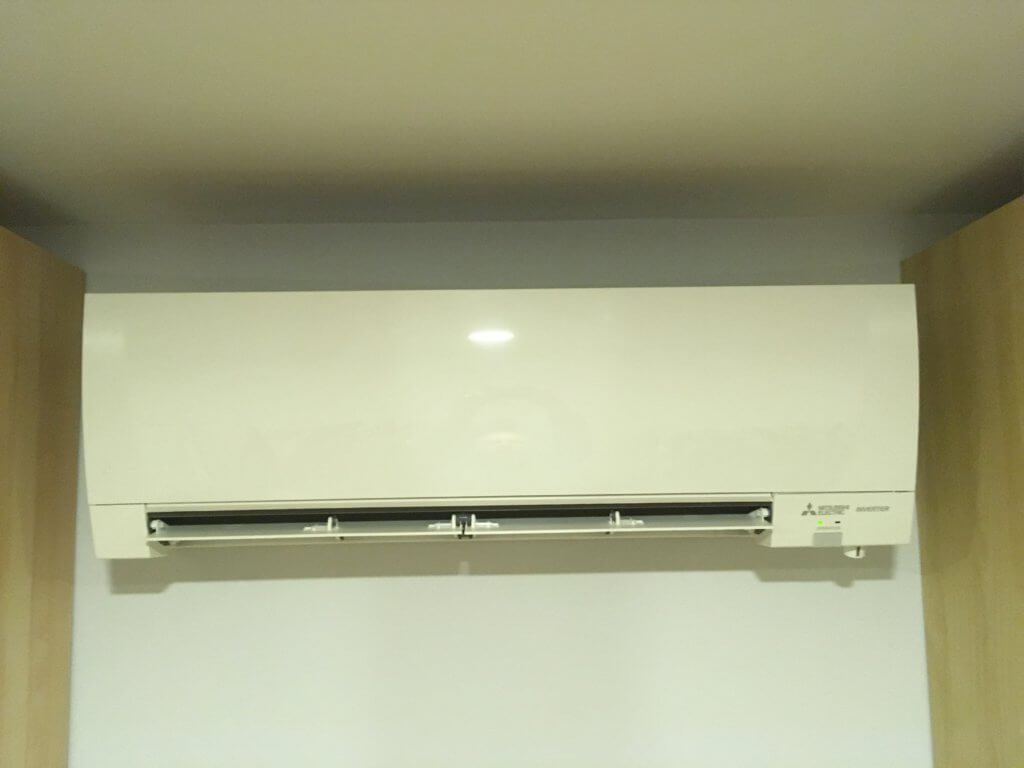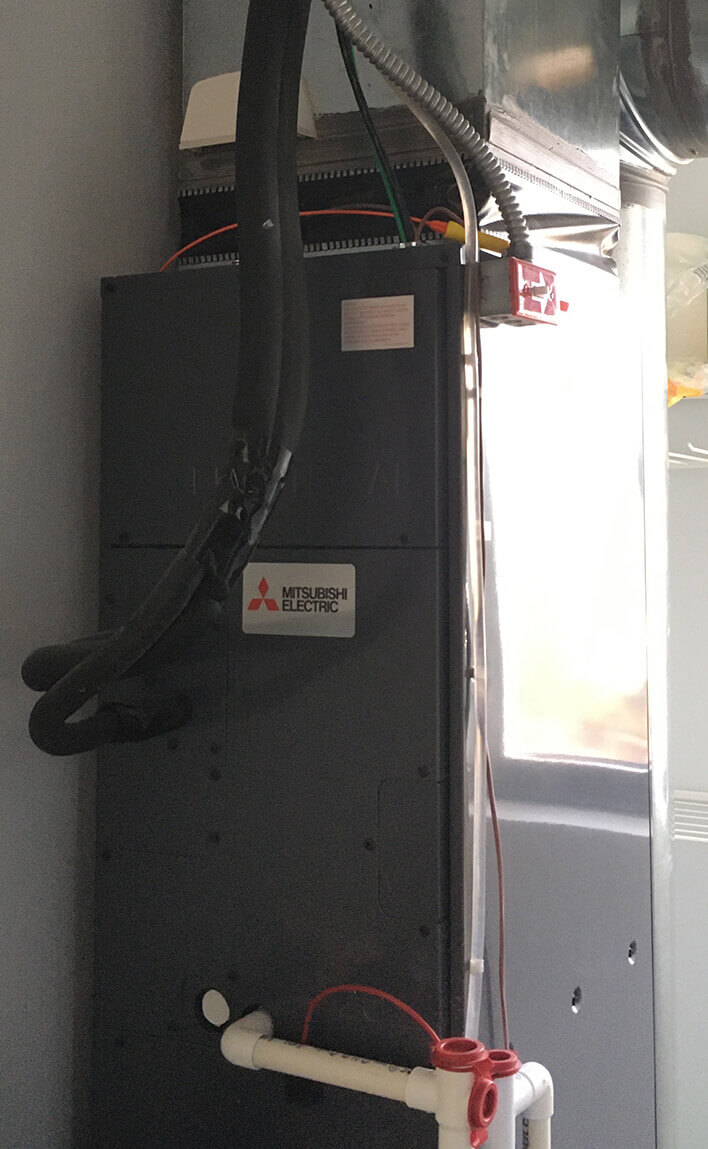Efficient HVAC System for a Passive House
Going “passive” always means choosing the best energy-efficient equipment possible. And the larger the house, the more complicated this task gets. Mechanical system calculation often ends up being either not efficient enough or too expensive to install. A suitable compromise is a mini-split system that can be programmed for each room or number of rooms that get heated or cooled off of the same unit.

Considering Mini-split system
For our house envelope, we ended up using two units, both by Mitsubishi: the maximum capacity multi-zone model that pretty much covers our main 40×40-foot open-space cube and the smallest available wall-mounted head for the master bedroom. For the latter, the decision was made to split the service due to the bedroom’s semi-autonomous location with extended duct runs and considerable heat loss. In the end, this solution worked out great and did not draw a lot of extra power. As a bonus, mini-splits can run in “Drying” mode when outside temperatures get lower but the house still retains higher RH values. This setting still dehumidifies the air and lowers the indoor temperature just a bit but the fans are running at much lower speeds reducing electrical bills even further.
In conclusion, it has been a few years since the house was occupied, and the system has performed exceptionally well so far. Considering a fairly larger house envelope comparing to our previous dwelling and electricity as the only energy source, our average monthly electric bills are still almost twice a low.

